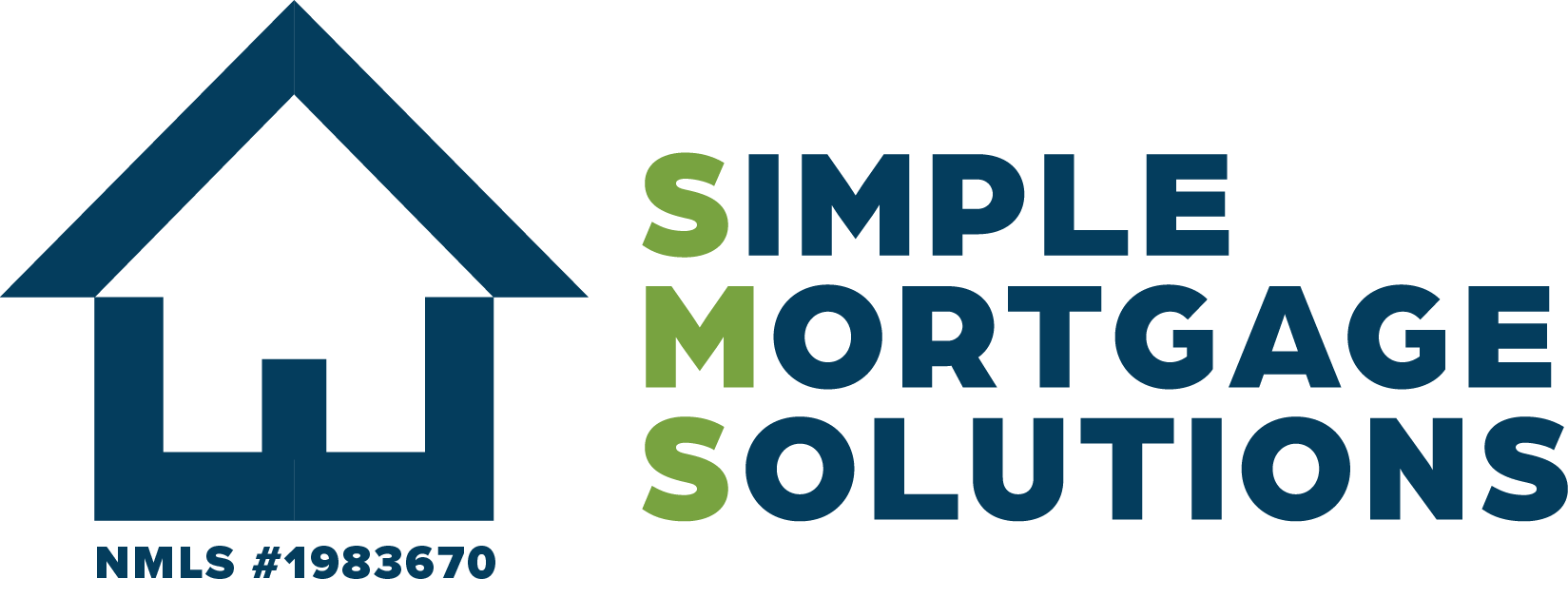
Steps to Take Before Refinancing Your Home
Mortgage refinancing allows borrowers to replace their current mortgage with a new one, often with the goal of reducing monthly payments, securing a lower interest rate, or restructuring the loan term. However, before refinancing, it’s crucial to determine whether it aligns with your financial goals and offers tangible benefits. Refinancing should only proceed if it delivers clear advantages, such as debt consolidation, better loan terms, or a more manageable amortization schedule.
This guide outlines the refinancing process under today’s mortgage rules, emphasizing key steps to ensure a smooth and beneficial experience.
Why Refinance Your Home?
Refinancing a mortgage can serve various purposes depending on your financial situation. Common reasons to refinance include:
Lower Interest Rates: If interest rates have dropped significantly since you took out your original mortgage, refinancing can reduce your rate and save you thousands of dollars over the life of the loan.
Lower Monthly Payments: By extending the loan term or reducing the interest rate, refinancing can help lower monthly payments, improving cash flow.
Switching Loan Types: Borrowers may want to switch from an adjustable-rate mortgage (ARM) to a fixed-rate mortgage for stability, or vice versa if they anticipate lower rates.
Cash-Out Refinancing: Homeowners with significant equity can use cash-out refinancing to access funds for home improvements, debt consolidation, or other expenses.
Shortening the Loan Term: Refinancing can allow borrowers to move from a 30-year term to a 15-year term, enabling them to pay off their mortgage faster and save on interest.
Before refinancing, carefully analyze your financial goals, current mortgage terms, and the costs involved in the refinancing process.
The Refinancing Process
Refinancing generally mirrors the process of applying for a new mortgage, with lenders conducting thorough evaluations to ensure the borrower’s creditworthiness and the property’s value. Here’s how the process typically unfolds under today’s rules:
1. Application and Documentation
To initiate the process, borrowers must complete a refinance application and provide supporting documents, such as:
Proof of income (e.g., pay stubs, tax returns).
Current mortgage statements.
Bank statements.
Documentation of assets and debts.
Accuracy is critical here. Incomplete or mismatched information could delay the approval process or result in denial.
2. Creditworthiness Assessment
Lenders will evaluate your credit score and payment history. A strong credit profile typically qualifies for lower interest rates. Borrowers with credit scores below the lender’s threshold may face higher rates or be denied refinancing altogether.
To ensure success, review your credit report beforehand, address any inaccuracies, and work on improving your score if needed.
3. Home Appraisal
A home appraisal is often required during refinancing to determine the property’s current market value. Lenders use this value to calculate your loan-to-value (LTV) ratio, which measures how much equity you have in your home.
If your home’s value has significantly increased, you may qualify for better terms or a cash-out refinance. Conversely, if your home’s value has declined, it may affect your refinancing options or require private mortgage insurance (PMI) if the LTV exceeds 80%.
The appraiser will inspect your home, assess its condition, and compare it to similar properties in the area. The resulting report will impact the terms of your new loan.
4. Title Insurance
When refinancing, you may need to purchase a new lender’s title insurance policy, even if you are working with the same lender. This policy protects the lender against potential title disputes, ensuring their interest in the property remains secure.
Borrowers should factor title insurance fees into the overall cost of refinancing.
5. Loan Approval and Closing Disclosure
Once the lender has reviewed your documentation, creditworthiness, appraisal report, and title search results, they will issue a Loan Estimate and, later, a Closing Disclosure. These documents outline the loan’s terms, interest rate, monthly payments, and closing costs.
Review these documents carefully to ensure all details align with your expectations. If any discrepancies arise, discuss them with your lender immediately.
Closing on Your New Loan
After reviewing and signing the Closing Disclosure, your lender will finalize the new mortgage. At closing:
The lender pays off your existing mortgage directly.
If it’s a cash-out refinance, you receive the agreed-upon amount in cash or via direct deposit.
Closing costs, which may include appraisal fees, title insurance, and origination fees, are paid.
Borrowers are given a three-day right of rescission in most cases, allowing them to cancel the refinance without penalty if they change their minds.
Costs to Consider When Refinancing
Refinancing isn’t free. Typical costs include:
Origination fees: Charged by the lender for processing the loan.
Appraisal fees: The cost of evaluating the home’s value.
Title insurance: Protects the lender against title disputes.
Prepaid interest: Covers interest that accrues between closing and your first payment.
These costs usually range from 2% to 6% of the loan amount. Make sure the savings from refinancing outweigh these upfront expenses.
Refinancing in 2025: What’s New?
Mortgage refinancing rules have evolved in recent years, emphasizing stricter credit requirements, lower debt-to-income (DTI) ratios, and higher equity thresholds. For example:
Borrowers often need a minimum credit score of 620, though higher scores are preferred for the best rates.
Many lenders require at least 20% equity for cash-out refinancing.
Additionally, some programs cater to specific needs, such as FHA Streamline Refinances for those with FHA loans or VA Interest Rate Reduction Refinance Loans (IRRRL) for veterans.
Is Refinancing Right for You?
Refinancing can provide significant savings, but it isn’t always the best choice. Evaluate your goals, the costs involved, and your long-term plans. For example, if you plan to sell your home within a few years, the upfront costs of refinancing may not be worth it.
For personalized guidance, consult a mortgage professional who can help you navigate today’s rules and identify the best options for your unique situation.


